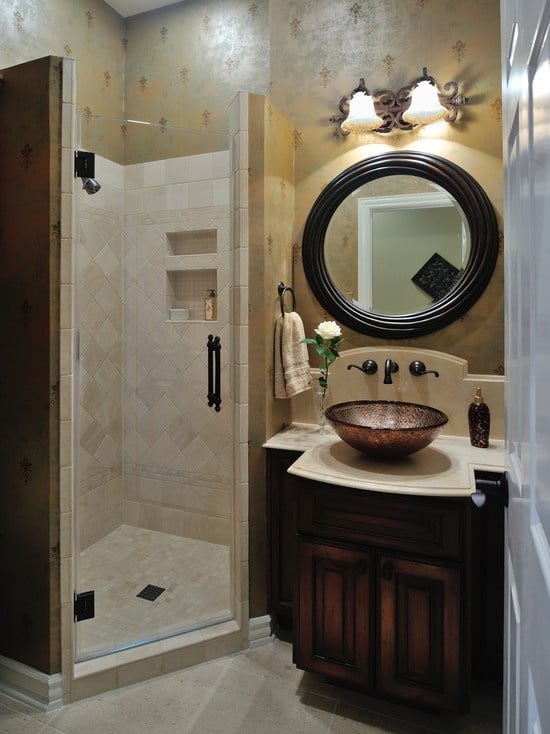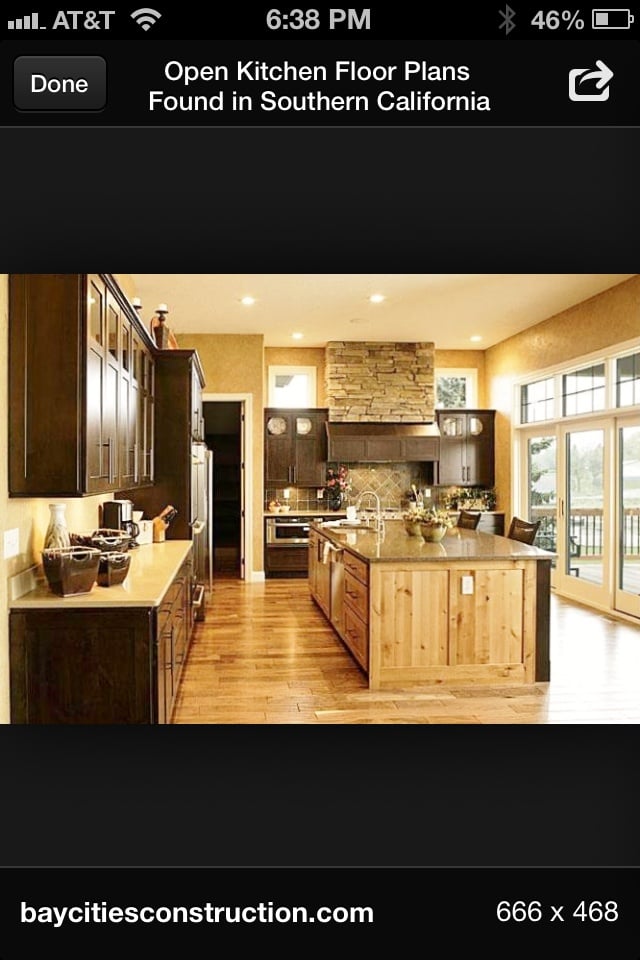Fire safety is vital to all commercial, industrial and residential buildings. To protect the property investments of your clients, make sure to include fire rated Metal Double Entrance Doors in your construction plan.
Beyond providing easy utility entry and exit, a fire rated door is designed to withstand extreme exposure to fire and heat (go to website to know more on it). During a fire emergency, fire rated Commercial Overhead Door Installation can aid in the safe and quick evacuation of building occupants. It can also help reduce fire damage on properties by preventing the fire from escalating fast to adjacent buildings or sections of a building. And if your fire doors need repair, make sure to consider hiring a fire door repair contractor for professional services.
NFPA and the manufacturer’s listings must be referenced when buying a fire rated door
For different applications, it is important to check first the fire rating required before you settle for a fire rated access door to use. Fire rating is a classification of the duration for which a fire protection system (in this case, a door) can withstand a standard fire resistance test.
Fire rated doors can withstand heat for a maximum of 2 hours and a minimum of 20 minutes. To find out the fire resistance rating necessary for a fire rated door or fire door assembly, make sure to see Sinisi Solutions website.
Contractors refer to standards from the National Fire Protection Association (NFPA) to determine which type of panel works best for a given area. NFPA 80 2019 refers to a door assembly, for installation in fire resistance rated walls or for installation in ceilings of fire resistance-rated floor-ceiling or roof-ceiling assemblies as “access doors”. It further categorized access doors into horizontal access doors for openings in floor-ceiling or roof-ceiling assemblies; and vertical access doors for openings in fire-rated walls.
Underwriters Laboratories’ UL Building Materials Directory or Intertek’s Warnock Hersey Mark Directory are also consulted by contractors to find out the maximum fire door size available from a particular manufacturer.
Fire rated doors have labels
To identify an existing fire door within building facilities, the material contains legible permanent label or embossment from a listing agency. Labels on door and frame usually include information about the manufacturer, length of time the material can withstand heat or fire, whether the panel carries a temperature rise rating or is a smoke door assembly, and whether or not the opening comes with fire exit hardware.
All fire rated doors are self-closing and latching
Fire rated doors’ self closing and self-latching mechanism are one of its core features. This is to prevent the fire from moving from one area to the other or allow heat and smoke to escape. delaying the activation of smoke detectors or fire sprinklers.
Fire rated doors help with LEED certification
Installing a fire rated access door can help towards achieving a LEED building certification. LEED or Leadership in Energy and Environmental Design is a popular green building rating system that is used worldwide. LEED certification will earn you instant recognition in the industry and provides higher resale value for your building.
Installing a fire rated access panel
Proper door installation starts with choosing the right fire rating, size, and door features to make sure that specific application requirements are met.
There are two types of fire-rated access doors: insulated and uninsulated. Insulated doors are designed to provide easy access to building utilities where fire ratings must be considered. Uninsulated fire rated access doors, on the other hand, may comply with standards from Underwriters Laboratories (ULC). While insulated doors are for use in both walls and ceilings, most uninsulated doors can only be used for walls.
Always get your access door supply from licensed and reputable manufacturers for long-lasting and efficient use. During installation, refer to the manufacturer’s instructions or ask for advice from product experts. In addition to proper specification and installation, these doors also need quality maintenance to provide the necessary protection to people and utilities.






